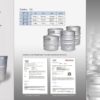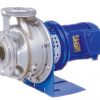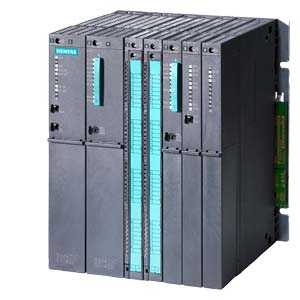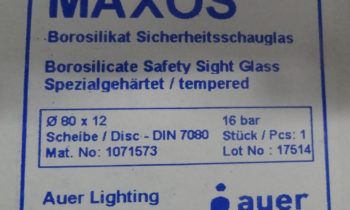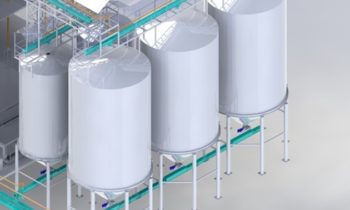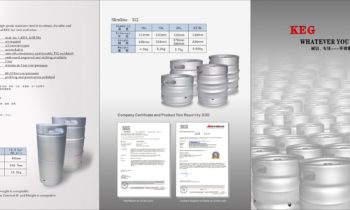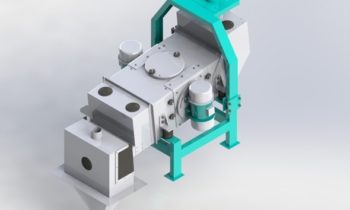Bộ điều khiển S7-400
The S7-400 is the most powerful PLC in the family of SIMATIC controllers. It enables successful automation solutions with Totally Integrated Automation (TIA). The S7-400 is an automation platform for system solutions in production and process engineering, and it is characterized primarily by its modularity and performance reserves.
S7-400
- The power PLC for the mid to high-end performance ranges.
- The solution for even the most demanding tasks.
- With a comprehensive range of modules and performance-graded CPUs for optimal adaptation to the automation task.
- Flexible in use through simple implementation of distributed structures; user-friendly connections.
- Optimal communication and networking options.
- User-friendly handling and uncomplicated design without a fan.
- Can be expanded without problems when the tasks increase.
- Multicomputing:
Simultaneous operation of several CPUs in one S7-400 central controller.
Multicomputing distributes the overall performance power of an S7-400. For example, complex tasks can be divided into technologies such as open-loop control, computing or communication, and assigned to different CPUs. And every CPU can be assigned its own local I/O. - Modularity:
The powerful backplane bus of the S7-400 and the communication interfaces that can be connected direct to the CPU enable high-performance operation of a host of communication lines. This enables, for example, division into one communication path for HMI and programming tasks, one for high-performance and equidistant motion control components, and one for a “normal” I/O fieldbus. Additionally required connections to MES/ERP systems or the Internet can also be implemented. - Engineering and diagnostics:
The S7-400 is configured and programmed extremely efficiently together with the SIMATIC Engineering Tools particularly in the case of extensive automation solutions with a high engineering component. For this purpose, high-level languages such as SCL and graphical engineering tools for sequential controls, state graph programs and technology-oriented diagrams are available, for example.


